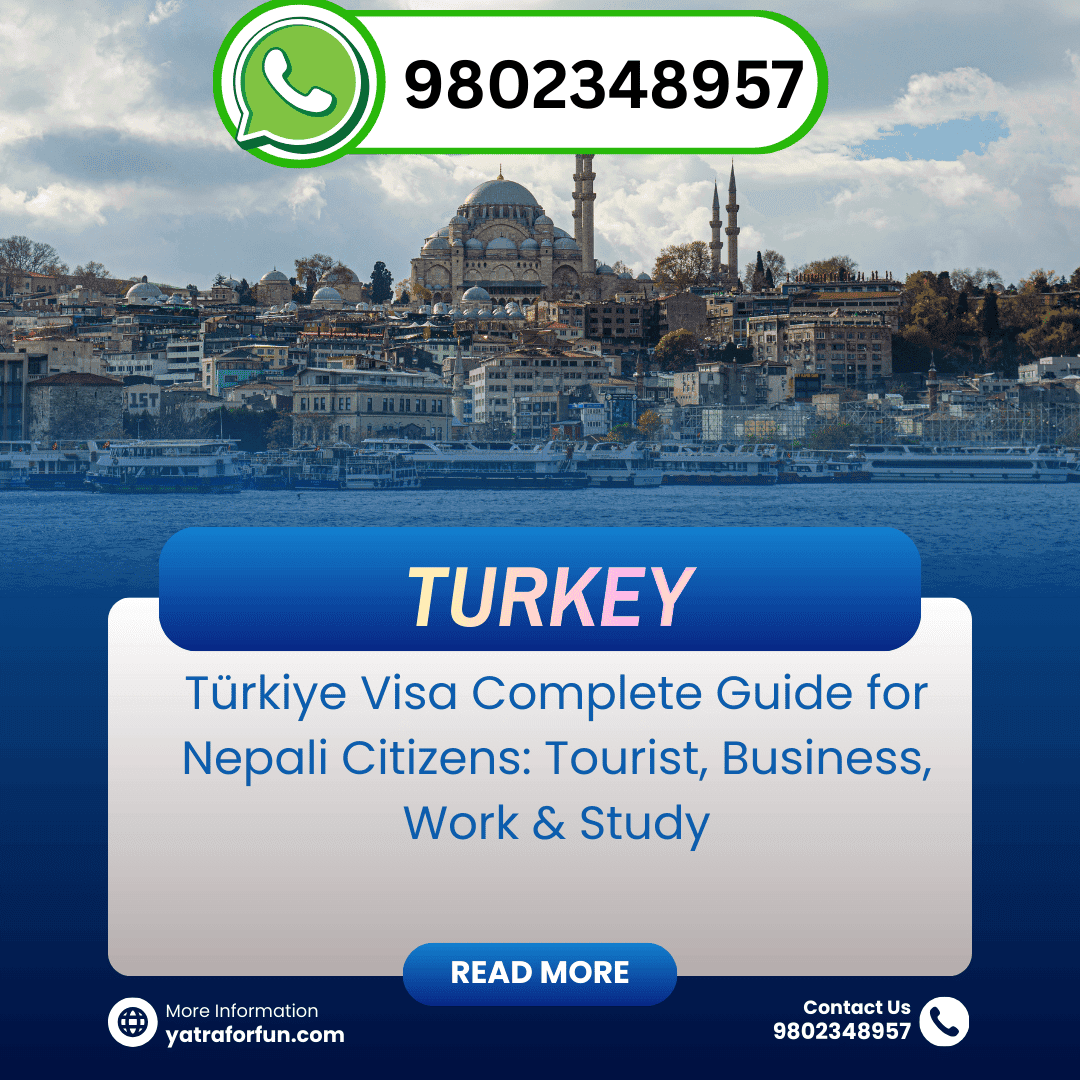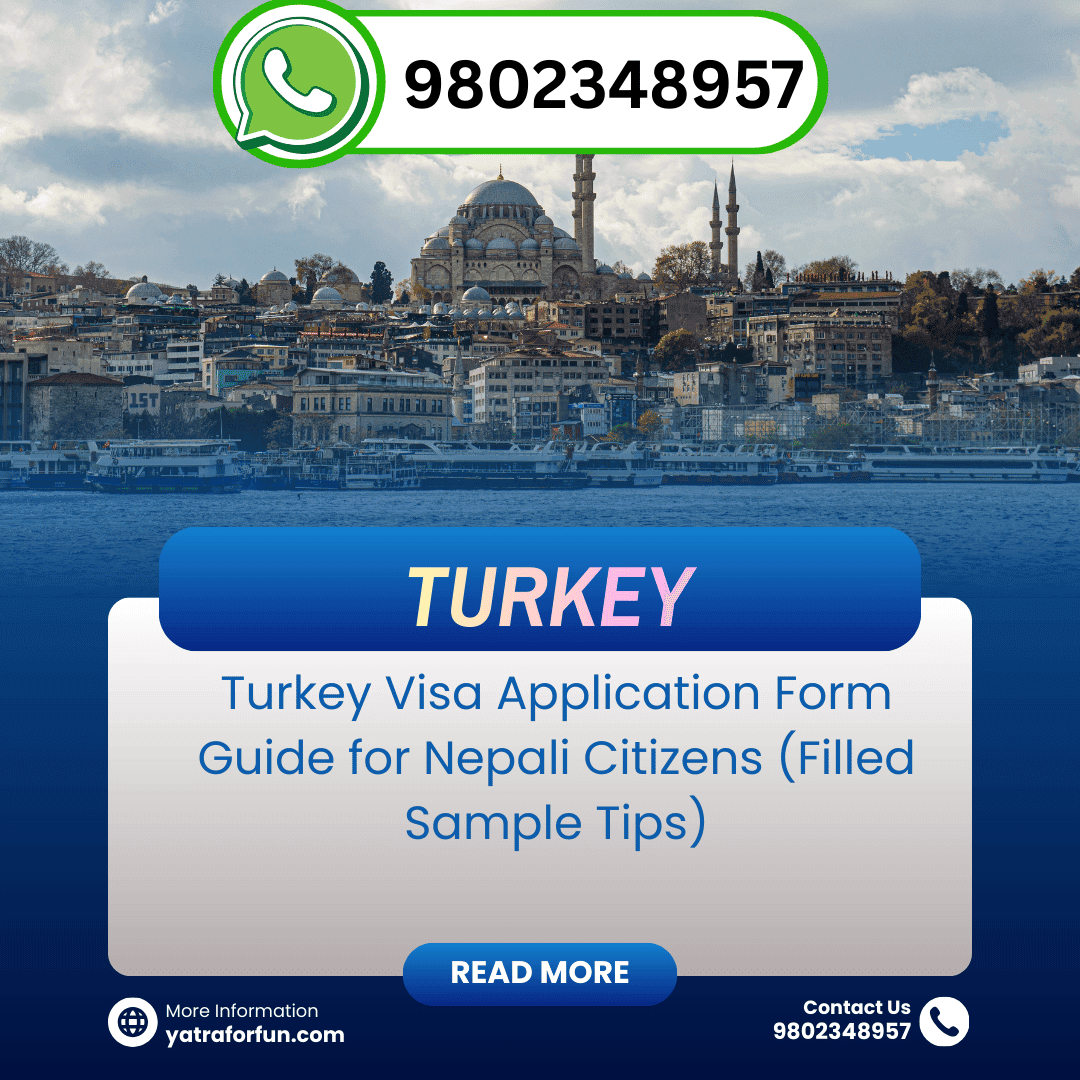By Sandeep Chaudhary
China Visa Itinerary & Booking Tips for Nepalis: Avoiding Date Mismatches

For Nepali citizens applying for a China visa in 2025, one of the most common reasons for rejection or delay is a date mismatch between the visa application form, flight tickets, and hotel bookings. The Chinese Visa Application Service Center (CVASC) in Koteshwor, Kathmandu, and the Embassy of China in Nepal have emphasized that all documents must perfectly align. Even a single-day difference in your itinerary can trigger a rejection notice during online review or at the submission counter.
The first and most important step is to finalize your travel itinerary before starting your visa application. Clearly decide your intended entry and exit dates, the cities you plan to visit, and the duration of stay in each location. This plan should be consistent across all documents — your visa form, invitation letter (if applicable), flight bookings, and hotel reservations. A well-structured itinerary not only reflects careful planning but also assures visa officers that your travel is genuine and organized.
When you book your flight tickets, make sure the dates exactly match what you have mentioned in the visa form. For instance, if your visa application states that you will arrive in China on October 10 and depart on October 20, your flight reservation must show those same dates. If your booking says October 9–19, it may appear inconsistent and cause delays. Many Nepali applicants unknowingly book cheaper flights with slightly different dates, leading to mismatches that force them to reapply or correct the submission.
Your hotel bookings must also correspond precisely to your itinerary. Suppose your itinerary mentions you will stay in Beijing from October 10 to October 13 and Shanghai from October 14 to October 17 — your hotel vouchers must reflect exactly those dates. Avoid leaving gaps (e.g., no booking on October 13 night) or overlaps (e.g., two hotels booked for the same date). Such inconsistencies make the Embassy doubt the reliability of your itinerary.
All documents should use the same spelling of city names, date formats, and sequence. For example, using “Beijin” instead of “Beijing” or “Shanghai City” in one form and “Shanghai Municipality” in another creates unnecessary confusion. Always write dates in the YYYY-MM-DD format (for example, 2025-10-10) to match the Embassy’s system format. Uniformity shows that your documentation is clean, organized, and professional.
If you are booking flights or hotels before visa approval, try to choose refundable or changeable options. The Embassy does not require you to make full payment in advance — reservations are sufficient. This allows flexibility if your visa issue date changes or if the Embassy recommends a correction.
The invitation letter, if required (for business or academic purposes), must also align with your travel itinerary. The inviting organization or individual in China should mention the exact arrival and departure dates, duration of stay, and locations that match your form and bookings. Mismatch between your inviter’s details and your submitted itinerary can raise red flags and result in rejections or requests for clarification.
The Chinese Embassy and CVASC have clarified that all applications are processed in the order of online submission, not based on travel dates. If your documents are inconsistent, the online system may reject your file, forcing you to correct and resubmit — which means re-entering the queue. For this reason, it’s better to double-check every detail before you submit your online form.
In case of urgent travel, you can request a priority review at CVASC. However, this will only be granted if your application and itinerary are already consistent and error-free. Priority review cannot override document mismatches. Hence, preparation and accuracy remain the most critical factors in getting your visa approved on time.
A simple rule to remember: one itinerary, one timeline, one story. Every document must tell the same story — when you enter, where you stay, what you do, and when you leave. This harmony among your application materials demonstrates professionalism and prevents rejections.









